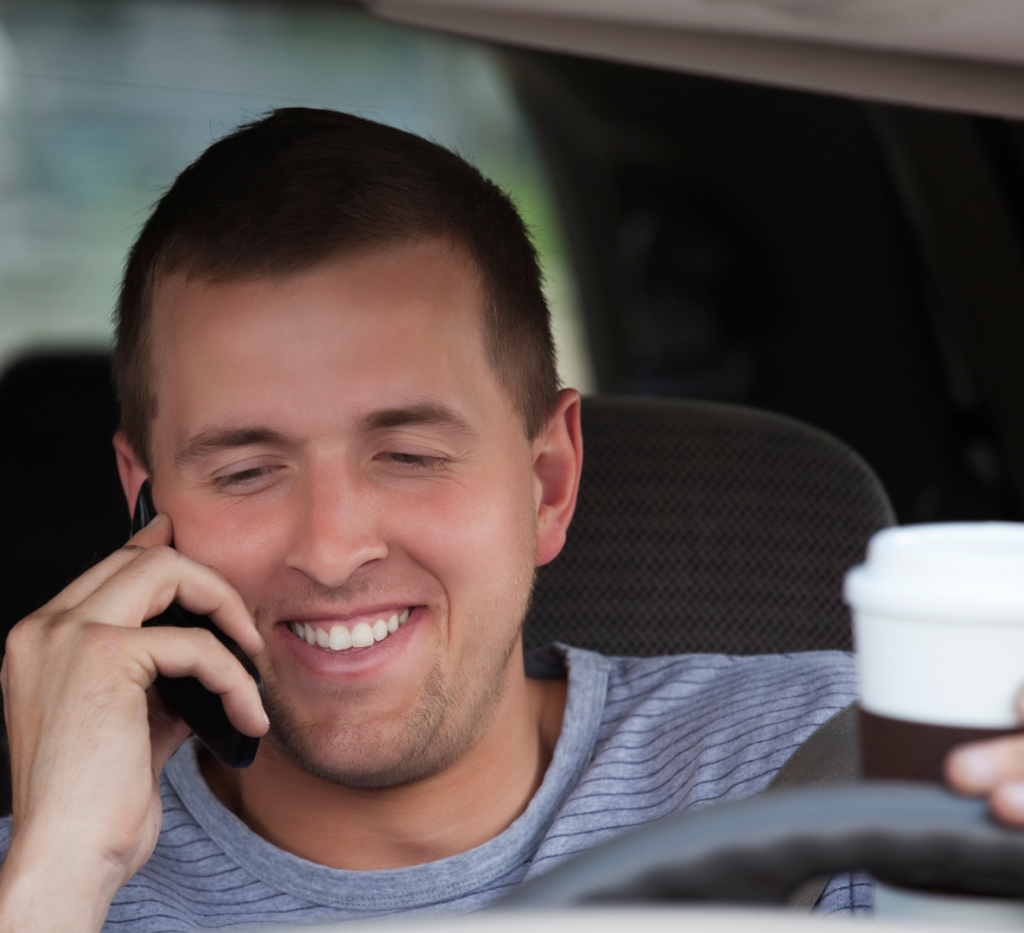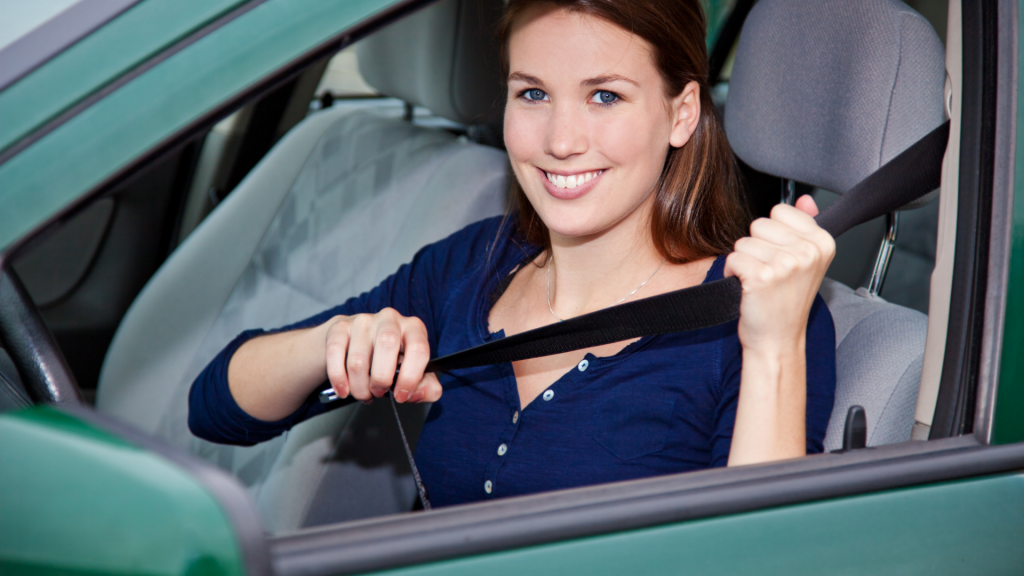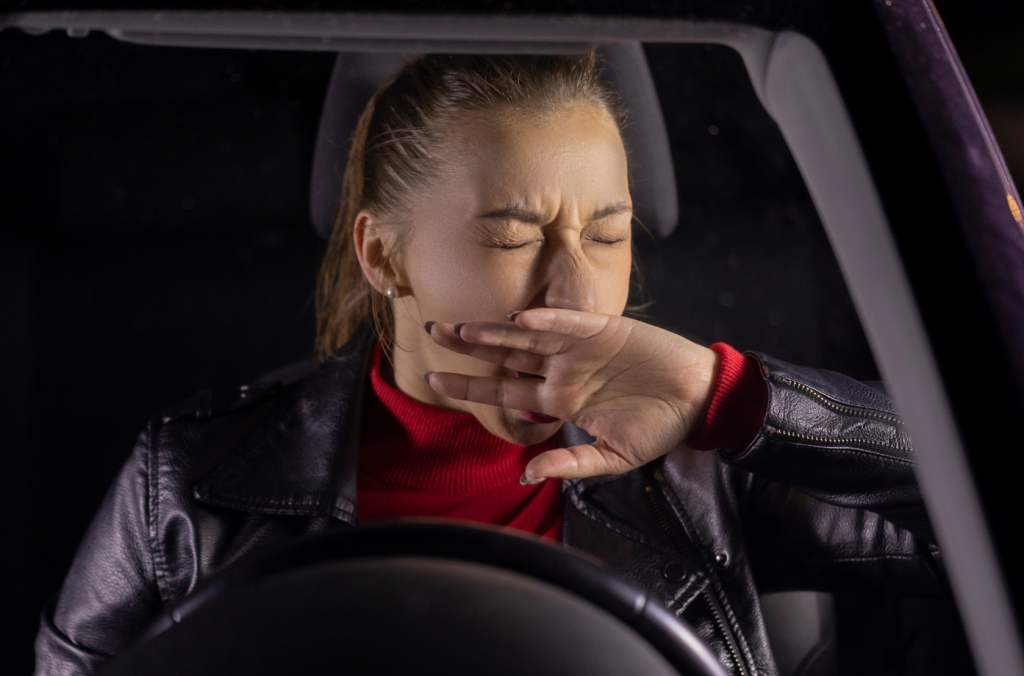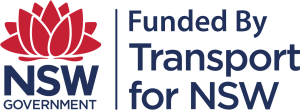Motorists - Cars, Trucks, Motorcyles
Safety Tips for Drivers
Be Smart and Safe
Distractions
There are many distractions on the road and in the car that you need to be aware of.
On the Road
- Be aware of traffic signals
- Follow the traffic signs
- Watch out for children and animals
- Be careful with different weather conditions
- Be careful of pedestrians that are not looking
In the Car
- Do not eat or drink whilst driving
- Do not use your mobile phone
- Do not text whilst driving
- Keep your eyes on the road not in the glove box or bag next to you
- Make sure children and animals are restrained in the back seat of the car
Drivers are faced with a lot of distractions when driving.
Limit these by:
- Turning down the radio
- Putting away your phone
- Not eating and drinking whilst driving
- Keeping focused
Horses on the Road:
Under the Australian Road Rules, a horse is considered a vehicle and therefore is permitted to be ridden on the road. If you see a horse and rider on or near a road you should:
- treat the horse as a potential hazard
- slow down and, when safe, pass with care
- stop your vehicle on the left side of the road and turn off the engine if the horse is unsettled or the rider signals this to you
- not accelerate or rev your engine near a horse
- not sound your horn or make unnecessary noise
- not throw objects or shout at a horse or rider.

Eyes on the road,
hands on the wheel
Buckle up – Wear your seat belt

Don't do the flick.
Make sure you hear that seat belt click.
Wearing a seat belt has saved many lives.
Wearing a seat belt can prevent you from getting thrown out of the vehicle in case of a crash, which decreases their chances of injury or death.
Make sure you and all your passengers have a seat belt on – it is the law in NSW.

When to turn lights on car
You must turn your vehicle headlights on:
- At sunrise and sunset
- In fog
- When it rains or in a storm
- When you cannot see at least 100m ahead of you
Watch the NSW Road Rules Video ->
Never loose sight.
Just use your head lights.
Do not Drink and Drive

Drinking can impact your reflexes, sense of judgment, directions, and decision-making skills.
If you have had a drink, ask a friend or family member who is not drinking to drive you home or catch a taxi.
Before you do anything – think.
Never drive and drink
Not only would you stink
Your car could likely get a serious kink.
Reaction time
Sometimes it is harder to judge things if you do not have experience.
- Distance – things can be closer than you think.
- You think you have time to brake – but its sooner than you thought.
- People with disability sometimes need more time to react. Take the time to prepare yourself.
The average driver takes approximately ¾ of a second to recognize a threat and ¾ of a second to apply the brakes.
Things may be closer
than you think. You may
not even have time to blink.
Watch the Weather

Driving in rain, storms or cold weather is a safety hazard.
- If you do not feel comfortable, do not drive.
- Cold weather causes frost that may be slippery
- Rain and Storms make the road slippery and sometimes hard to see the road. Put your defroster on and pull over if it is hard to see.
- Practise driving in the rain when you are learning to drive
Slow down in the rain,
there is nothing to gain
and you can avoid all the pain.
Speeding - Slow Down
Over 50% of speeding crashes involve male drivers aged between 17 and 39 years old.
If you speed:
- you have less time to avoid a crash
- your distance before you can stop is longer
- if you crash it may be worse at higher speeds
- it’s easier to lose control especially in the rain
Follow the road speed limits that are displayed on the roads.
You must concede
there's no need to speed

Are you Sleepy?

Fall asleep at the wheel
and you will find yourself
in a stressful ordeal.
Fatigue accounts for 20% of road deaths in NSW.
Drivers feeling sleepy can affect everyone no matter your level of experience
When you are tired, your body is telling you that you need to stop, rest or sleep
Signs of Driver Fatigue includes:
- Yawning
- Poor concentration
- Tired or sore eyes
- Restlessness
- Drowsiness
- Slow reactions
- Boredom
- Feeling irritable
- Making fewer and larger steering corrections
- Missing road signs
- Having difficulty staying in the lane
If you are driving:
- Get plenty of sleep
- Avoid starting a long drive at the end of the day
- Avoid driving when you would normally be asleep or between 10pm and 6am
- Share driving
- Stop Revive Survive for 15min every 2 hours
- Have light snacks (instead of fatty food)
- Avoid too much coffee and soft drinks
- Drink plenty of water
- Do not drink alcohol
- Stop when you are tired
- Stop safety at a roadside rest area
Be Prepared
What you need in your car
- Your car registration
- Your insurance details
- Your emergency contacts
- EMERGENCY KIT
- torch
- pen and paper
- jumper cables
- first aid kit
- warning triangle
Download the Flagstaff Glove Box Card on the resources page.

Horses

Under the Australian Road Rules, a horse is considered a vehicle and therefore is permitted to be ridden on the road. If you see a horse and rider on or near a road you should:
- treat the horse as a potential hazard
- slow down and, when safe, pass with care
- stop your vehicle on the left side of the road and turn off the engine if the horse is unsettled or the rider signals this to you
- not accelerate or rev your engine near a horse
- not sound your horn or make unnecessary noise
- not throw objects or shout at a horse or rider.
Links
Centre for Road Safety Road Rules – https://roadsafety.transport.nsw.gov.au/campaigns/roadrules.html
© 2021 An initiative of the Flagstaff Group. Funded by Transport for NSW.
ABN 53 000 551 575 | Charity Number CFN11129


